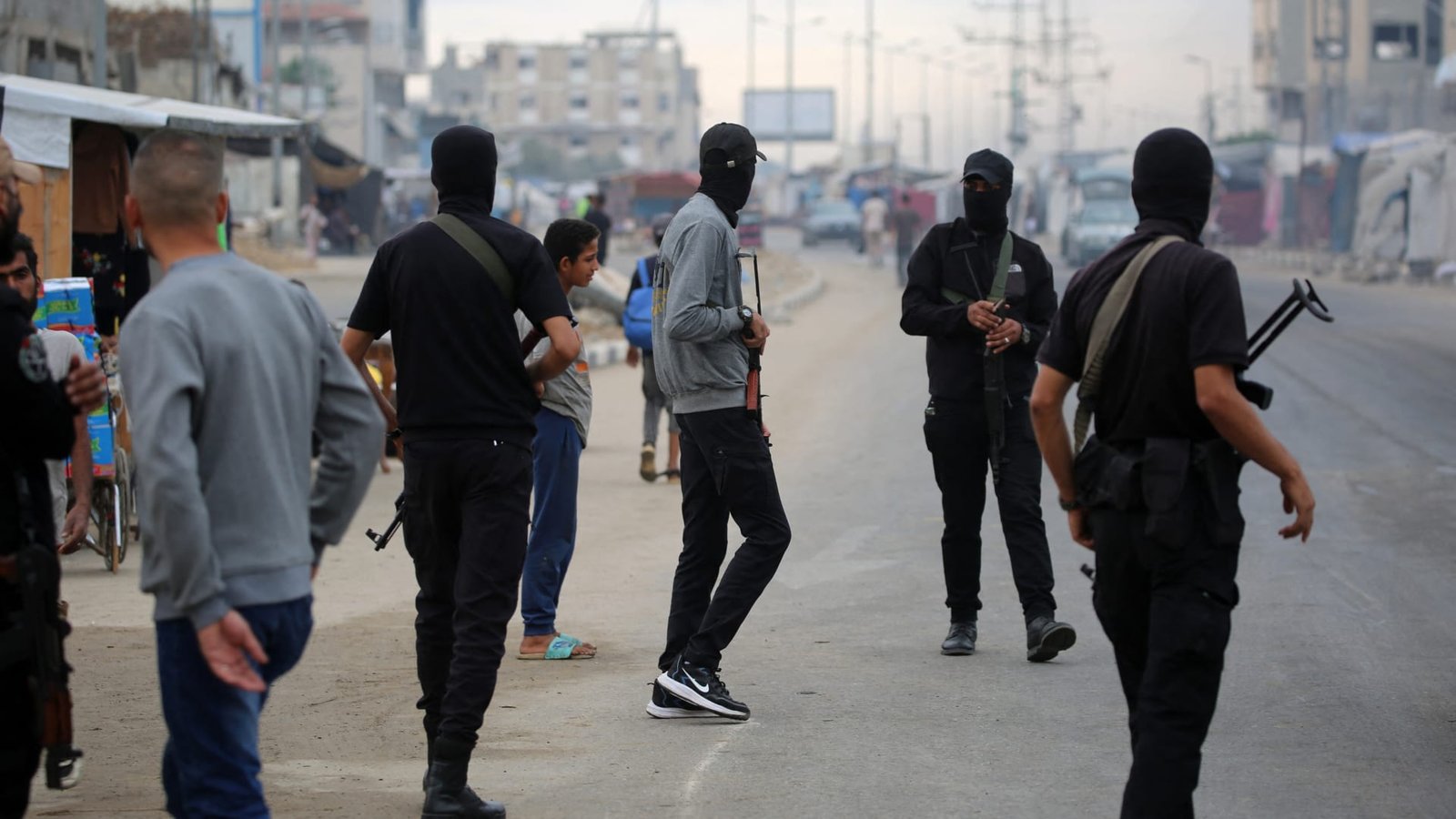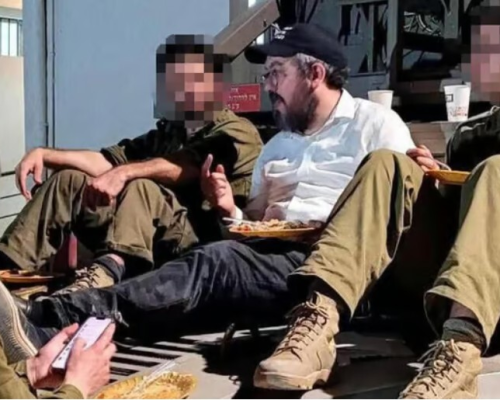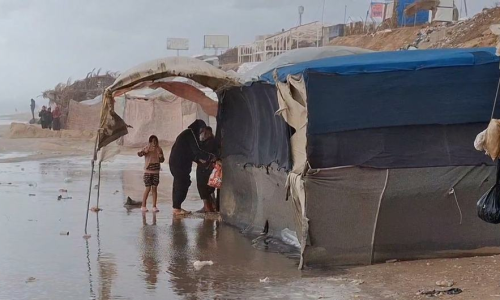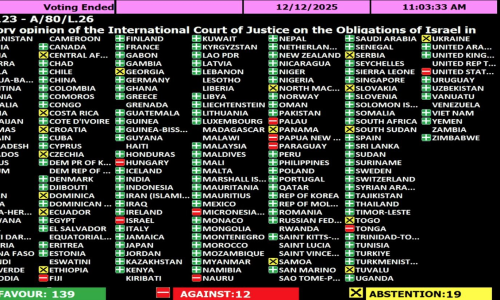By Taghreed Saadeh
In the aftermath of the ceasefire agreement reached through U.S. mediation, Hamas has begun repositioning its forces in the Gaza Strip, raising questions about its future intentions. Recent movements indicate that the movement may be implementing a strategic plan aimed at strengthening its field control, which could lead to escalating internal tensions.
After the truce, reports indicated that Hamas redeployed its security and armed elements across multiple areas of Gaza, including border regions and densely populated areas. This wide deployment indicates the movement’s desire to assert control over the ground. The movement also carried out targeted operations, arrests, and field executions against those it accused of collaborating or posing a threat to its influence from the first day of the ceasefire. This behavior can be understood as part of an attempt to consolidate control and cut off any channels for future rival forces.
The second phase of former U.S. President Donald Trump’s peace plan in Gaza includes several provisions, most notably the disarmament of armed factions, including Hamas, and the formation of a technocratic government to administer the Strip. However, statements from Hamas indicate a firm refusal to surrender its weapons, threatening the implementation of the plan and increasing the likelihood of military escalation.
One of the most pressing issues in the ceasefire agreement is the file of Israeli remains. So far, Hamas has not handed over all the bodies of Israeli detainees who died during captivity, causing widespread Israeli outrage and leading to threats of resuming military operations. This issue represents a real test of Hamas’ seriousness in fulfilling its obligations and could have major implications for the stability of the Gaza situation.
On the humanitarian front, Gaza residents continue to suffer from dire conditions, including shortages of food and medicine, as well as widespread destruction of infrastructure. Continued closure of crossings and the failure to implement reconstruction projects exacerbate civilian suffering and may push them to make difficult decisions, such as migration or involvement in internal conflicts.
Furthermore, the demands of European, Islamic, and Arab countries, according to Trump’s plan, require Hamas to relinquish authority in Gaza to rebuild what the war destroyed. This stance may lead to the suspension of reconstruction projects and hinder efforts to rebuild infrastructure and essential services for civilians, thereby worsening residents’ suffering and increasing security fragility in the Strip.
The situation in Gaza after the ceasefire remains unstable and unpredictable to changes. If Hamas continues to strengthen its armed control and refuses to implement the provisions of the Trump plan, this could lead to escalating internal conflicts, threatening to dismantle the social and national fabric of the Strip.










